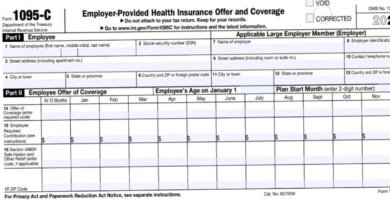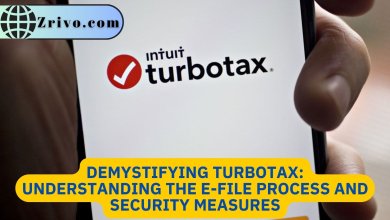Unclaimed Property
Unclaimed property refers to financial assets or tangible items that have been abandoned or forgotten by their rightful owners and are held by government agencies until claimed.

Contents
Unclaimed property refers to financial assets or tangible property that have been abandoned or forgotten by their rightful owners for an extended period. Examples of unclaimed property include dormant bank accounts, uncashed checks, insurance policy proceeds, stocks, bonds, and various other types of assets. To protect consumers and ensure these assets are returned to their rightful owners, each U.S. state has enacted its own unclaimed property laws and established a process for individuals to search for and reclaim lost assets. Each state has its own unclaimed property law, often referred to as “escheatment” laws. Escheatment is the process of transferring abandoned or unclaimed property to the state’s custody to safeguard the assets until they are claimed by the rightful owner. The specifics of the unclaimed property laws vary from state to state.
States specify a defined period of time during which the property must be inactive or unclaimed before it is considered abandoned. The abandonment period can range from one to five years, depending on the state and the type of property. Businesses, financial institutions, and other entities holding unclaimed property are required to report and remit these assets to the state’s unclaimed property office. This process is usually done annually and helps to ensure that the state becomes the custodian of the assets until they are claimed. State governments maintain unclaimed property databases and try to notify potential owners. These notifications can be through mail, newspapers, or online platforms. The process for claiming unclaimed property typically involves providing proof of ownership and identification to the state’s unclaimed property office. Once the claim is verified, the assets are returned to the rightful owner.

How to Look Up Unclaimed Property in Each State?
Finding unclaimed property in each state is a straightforward process. Most states provide an online database that allows individuals to search for their lost assets by entering their names and other relevant information. Follow these steps to look up unclaimed property in your state:
- Start by visiting the official website of the state’s unclaimed property program. This can often be found on the state treasurer’s website.
- On the website, you will find a search tool where you can enter your first and last name. Some states may require additional information, such as a city of residence or a property ID, if you received a notification letter.
- After entering your information, the database will display a list of potential matches. Review the results carefully to ensure they pertain to you or your family members.
- If you find unclaimed property that belongs to you, follow the instructions on the website to initiate the claim process. This typically involves providing proof of identity and ownership, which can be done electronically or through the mail.
- After submitting your claim, stay in touch with the state’s unclaimed property office to monitor the status of your claim. The time it takes to process claims can vary, but most states aim to resolve claims within a few weeks to a few months.

What Happens to Unclaimed Money in Each State?
When unclaimed property is turned over to the state, it becomes the responsibility of the state’s unclaimed property program to safeguard and attempt to locate the rightful owner. If the owner does not claim the property within a specific period, known as the dormancy period, the state can sell the assets and hold the funds on behalf of the owner.
The proceeds from the sale of unclaimed property are typically held in a special fund, sometimes referred to as the Unclaimed Property Trust Fund. This fund is used to pay out future claims and to support various state programs. States may invest the funds to generate additional income for the fund and ensure its long-term sustainability.
It’s important to note that unclaimed property never becomes the property of the state. Instead, the state acts as a custodian and keeps the funds reserved for the rightful owner indefinitely until the owner comes forward to claim them.

What is the Best Website to Find Unclaimed Money?
The best website to find unclaimed money varies depending on your state. Each state has its own official unclaimed property website where you can conduct a search for lost assets. The official state treasurer’s website or the state’s unclaimed property program website is the most reliable source for conducting an unclaimed property search. These websites are maintained and operated by the state government, ensuring the accuracy and security of the data.
Other Sites to Find Unclaimed Property or Money
Apart from the official state websites, there are several other legitimate websites that can help you find unclaimed property or money. Some of these websites serve as aggregators, providing access to multiple state databases in one place. Here are a few reputable sites to consider:
MissingMoney.com: MissingMoney.com is an online database endorsed by the National Association of Unclaimed Property Administrators (NAUPA). It allows users to search for unclaimed property in multiple states simultaneously.
Unclaimed.org: Unclaimed.org is another official website that provides links to individual state unclaimed property programs. It serves as a gateway to access various state databases.
Treasury Hunt: Treasury Hunt is a tool provided by the U.S. Department of the Treasury to help individuals search for unclaimed savings bonds.
Pension Benefit Guaranty Corporation (PBGC): If you believe you may have unclaimed pension benefits, you can use the PBGC’s search tool to check for unclaimed pension funds.





